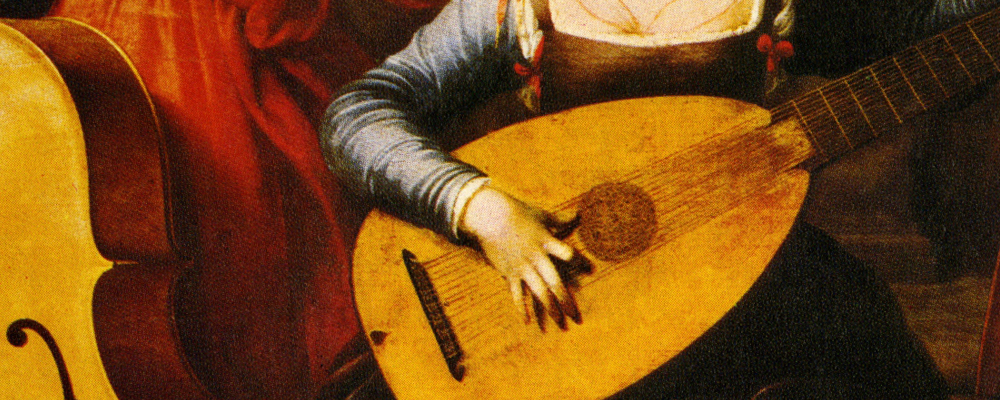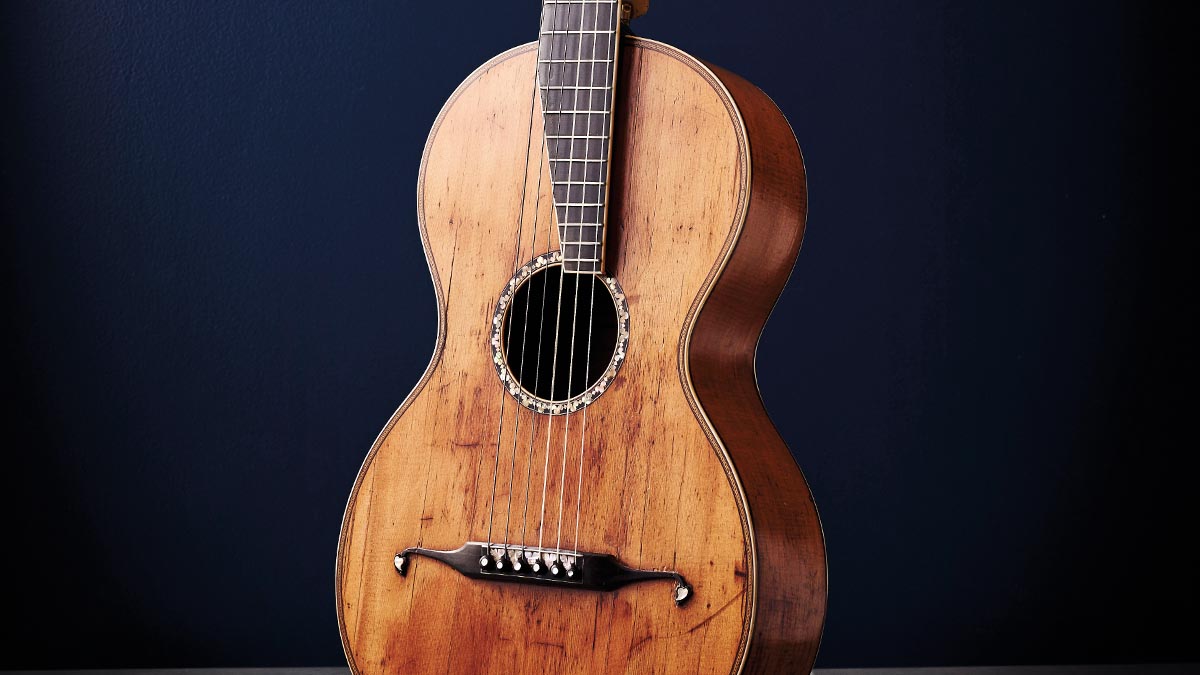Why Are Guitars Made of Wood?
I've been teaching music lessons for many years now. At least once a week a student will ask me a crazy question. This past week a student asked me, why are guitars made out of wood? I had never been asked that before. So I decided I would write this article incase there are more people out there that want to know the answer. Well buckle up and get ready to learn a lot more about guitars, guitar history and some fun guitar facts!
Guitars have been a popular musical instrument for centuries, and one of the defining characteristics of a guitar is that it is made of wood. But why are guitars made of wood? The answer is rooted in both tradition and practicality.
The use of wood in guitar construction can be traced back to the earliest days of the instrument. The very first guitars were made from simple materials such as animal hide stretched over a wooden frame. As the instrument evolved, so did the materials used to construct it. By the 16th century, the guitar was made from a variety of woods, including rosewood, ebony, and cedar.
The reason for the use of wood in guitar construction is twofold. First, wood is an excellent material for sound production. Second, wood is a versatile and durable material that can be easily shaped and manipulated. The natural vibrations of wood create a rich, warm tone that is pleasing to the ear. The specific type of wood used in a guitar can also affect the tone. For example, a guitar made from a dense wood like mahogany will have a different tone than a guitar made from a lighter wood like ash.
This makes it the perfect material for guitar construction. The various parts of a guitar, such as the body, neck, and fingerboard, can all be cut and shaped from a single piece of wood. The wood is also strong enough to withstand the constant stress of playing and tuning.

But not all woods are created equal when it comes to guitar construction. The most common woods used in guitar construction are spruce, cedar, mahogany, rosewood, and maple. Each of these woods has its own unique properties that make it well suited for guitar construction.
Spruce is a lightweight wood that is often used for the top of a guitar. It has a bright, clear tone that is well suited for fingerstyle playing. Cedar is also a lightweight wood that is often used for the top of a guitar. It has a warmer, more balanced tone than spruce and is often used in classical guitars.

Mahogany is a dense wood that is often used for the back and sides of a guitar. It has a rich, warm tone that is well suited for a variety of playing styles. Rosewood is a dense wood that is often used for the fingerboard and bridge of a guitar. It has a bright, clear tone that is well suited for fingerstyle playing.
Maple is a dense wood that is often used for the neck of a guitar. It has a bright, clear tone that is well suited for fingerstyle playing. It is also a very hard wood, which makes it ideal for the neck of a guitar. If you are interested in learning how to play the guitar check out our guitar lessons in Plymouth-Canton.
In addition to the tonal properties of the wood, the aesthetic of the wood is also important in guitar construction. Many guitar makers use woods with interesting grain patterns or unique colors to create visually striking instruments.

Guitars made from different types of wood can also vary in price. For example, a guitar made from expensive woods like Brazilian rosewood or Madagascar rosewood will be more expensive than a guitar made from more common woods like spruce or mahogany.
5 Fun Facts About Acoustic Guitars
- The first known acoustic guitar was made in the 1590s by Antonio Torres.

This guitar was larger and had a different shape than the modern guitar. Torres is considered the father of the modern guitar and his designs laid the foundation for the instruments we know today. His guitars were made by hand and had a unique sound that was different from other instruments of the time.
- The first steel-stringed guitar was made in the late 1800s.

This guitar had a louder sound than the traditional gut-stringed guitar and was popular among musicians in the emerging blues and country genres. This allowed for a louder and more powerful sound and was useful for musicians who were performing on stage or in larger venues.
- The shape of the modern acoustic guitar was standardized in the 1930s by the C.F. Martin & Co guitar company.

This shape, known as the "dreadnought" is still used today by many guitar manufacturers. The dreadnought shape was designed to produce a louder, more powerful sound and it quickly became the standard shape for acoustic guitars.
- The use of a sound hole on an acoustic guitar can be traced back to the 1700s.

This feature allows the sound of the guitar to be amplified and improves the overall sound quality of the instrument. Sound holes are usually circular and are located on the top of the guitar, near the end of the fingerboard. They allow the sound waves to escape the body of the guitar and be heard more clearly by the listener.
- The first left-handed acoustic guitar was made by C.F. Martin & Co in 1834.
This guitar was made for a left-handed musician who requested a guitar that could be played in the opposite orientation. Today, many guitar manufacturers offer left-handed versions of their instruments. This is important for left-handed players as it allows them to play the instrument comfortably and with ease.
I hope you have learned a bunch from this article. I had a lot of fun writing it. Now you should know why guitars are made out of wood! Thank you so much for reading to the end of this article.



